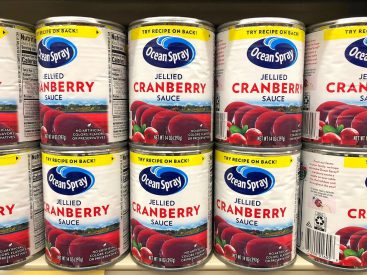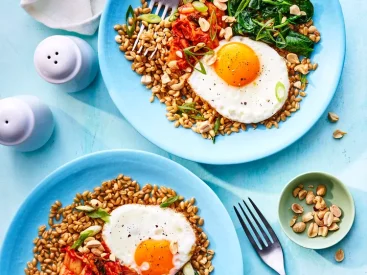Saturday night for me is the night I like to prepare a nice simple dinner to share with loved ones. I like the dinner to be quick to cook, while catching up with my friends, but still look impressive. Choo chee curry is one of the lesser-known Thai dishes. […]
Delicious!
Delicious!



